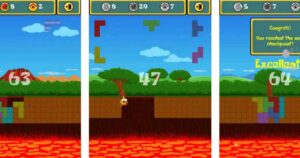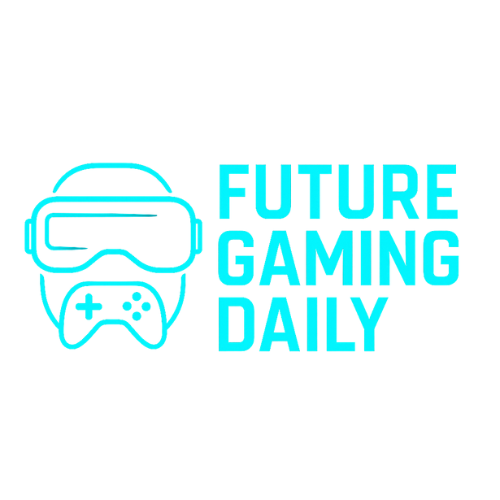Soccerverse, the football management sim built on blockchain infrastructure, is entering its second season with a set of updates aimed at expanding both tactical and social layers. The game retains its core premise, giving players control of club operations and strategic decisions, but Season 2 introduces a broader set of tools that shift the focus toward long-term planning and collective management.
The latest build emphasizes structured collaboration, better economic systems, and customizable pathways for progression. It’s less about micro-control and more about ecosystem dynamics.
Guild system turns solo play into shared strategy
A major addition in Season 2 is the guild mechanic. This isn’t just a cosmetic clan feature, it’s a fully integrated system that allows multiple players to collaborate on club management. Guilds can own clubs together, vote on decisions, and assign roles like scout, coach, or negotiator based on player strengths.
This structure shifts Soccerverse from a solo simulation into something closer to decentralized sports strategy. It mirrors real-world football boards and multi-role organizations, while still letting individuals influence outcomes based on reputation and results.
It also introduces soft governance elements. Guilds need to coordinate actions, which means internal communication and trust start to matter more than just raw tactics.
Updated UI and data systems streamline club operations
Alongside the new social layer, the interface and backend systems have been streamlined to make running a club more readable. Season 2 reworks player stats, training progress, and scouting outputs to give clearer feedback loops. There’s also a push toward transparency in financial reporting and player contracts, areas that were less detailed in earlier builds.
These changes make it easier to execute longer-term plans. Whether that’s focusing on youth development, flipping players for profit, or grinding out consistent mid-table finishes, the data now better supports different management styles. The UI changes aren’t dramatic in look, but they’re cleaner and more navigable—something essential when dealing with complex systems in a live simulation.
On-chain economy supports ownership and identity
As a Web3 project, Soccerverse continues to anchor its core progression and ownership through blockchain systems. Clubs, players, and reputations are stored on-chain, with player actions influencing metadata tied to these assets.
The guild structure also extends into this economy. Assets can be collectively owned, and individual contributions tracked across matches and seasons. That creates a reputation layer tied not just to performance, but to decision-making history.
Unlike some early blockchain games, the focus here isn’t on speculative trading. The economy is framed around persistence. Managers grow their influence, clubs evolve, and assets accrue value based on use, not hype.
Future features hint at deeper immersion
Season 2 is part of a larger rollout. Plans for upcoming content include deeper financial tools, enhanced AI simulations, and more modular stadium upgrades. There’s also mention of manager avatars and live match commentary, but those features are still in development.
For now, the focus remains on refining the systems already in place. Soccerverse isn’t trying to become an arcade experience. It’s doubling down on simulation logic, long-term planning, and decentralized collaboration. Season 2 just happens to be where it all starts to click.
Web3 Analyst & Play Blockchain Games Guide
CryptoKit breaks down Web3 gaming like it’s second nature. From tokenomics to airdrop strategies, she turns blockchain chaos into clear, actionable advice for players who want to win more than XP.




